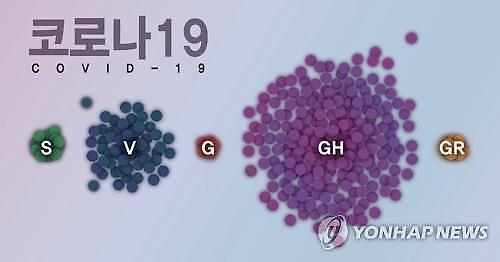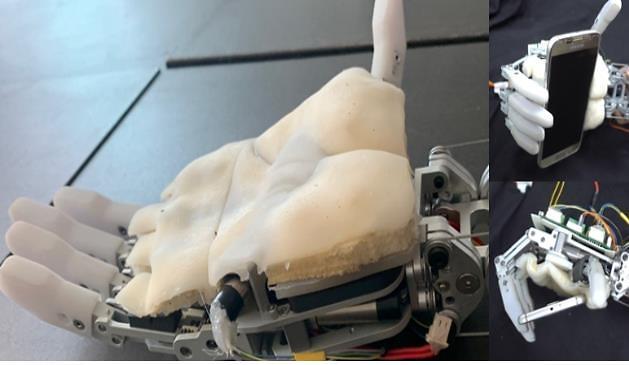
[Courtesy of KAIST]
According to the National Research Foundation of Korea (NRF), a research team led by Oh Il-kwon, a professor of mechanical engineering at the state-run Korea Advanced Institute of Science & Technology (KAIST), has developed an electro-ionic soft actuator that shows high bending deformation under ultralow input voltages that can be implemented as a soft robotic touch finger on fragile displays.
An actuator converts electrical signals into mechanical motion. Oh's team used metal-free covalent triazine frameworks (CTFs), which are a new class of nanoporous carbon material, to develop a high-performance electro-ionic soft actuator.
On a fragile display, the soft robotic touch finger array was successfully used to perform soft touching to accomplish a precise task, playing electronic piano, the team said in a research paper published on the website of Nature Communications, a peer-reviewed scientific journal.
"The fabricated soft-touch fingers confidently accomplished a soft touch task, running musical apps in a controlled and methodical way," the team said, adding the soft robotic finger can be used for other complicated applications, such as the activation of sophisticated biomedical devices and the operation of certain apps to control experiments in hazardous environments.
Soft robots have a great potential to be utilized in wearable devices, drug delivery, advanced surgical tools and soft human-machine interactions. However, to match the target functionalities, the components employed in soft robots must have specific properties such as compliance, flexibility, softness, durability and material compatibility.
The essential component of soft robots is a compliant actuator. Among a variety of novel soft actuators, ionic soft actuators have shown promising capabilities. Practical applications demand multiple functionalities that are in some cases antagonistic, Oh's team said. "The key challenge for every component to reach the practical level is to meet all the requirements including durability, low cost, high conductivity, high capacitance, softness, force generation capability, and appropriate mechanical properties."




